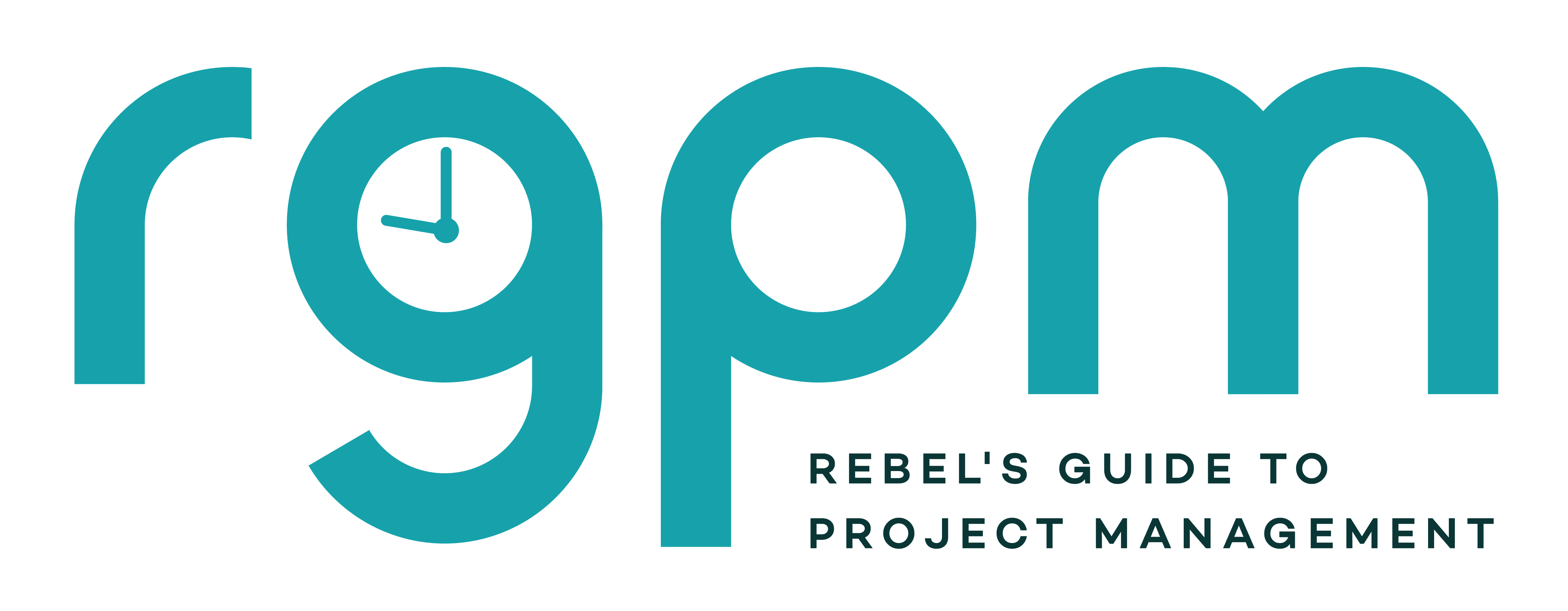Managing Successful Projects with PRINCE2 (Book Review)
This blog is reader-supported. When you purchase something through an affiliate link on this site, I may earn some coffee money. Thanks! Learn more.
Read our review guidelines.
This is a book review of the 2009 edition of the PRINCE2 manual. For more up-to-date content on PRINCE2, check out my guide to PRINCE2 which is fully updated for the 7th edition, 2023 version.
The 2009 version of the PRINCE2® manual for project managers feels a lot clearer and structured. Managing Successful Projects with PRINCE2® has more diagrams and a greater degree of clarity and explanation about the themes and processes.
This makes the book more graphically interesting than the previous versions, and I’m sure this makes it easier to study and reference on a daily basis.
There is a greater degree of emphasis on the business case, and the text in general spends more time on evaluating and understanding the project context.
Chapter 5 sets the project in the organizational environment, with advice on working with a project team – part-time or otherwise – including short guidance on training and line management responsibilities.
This version has a clearer definition of the quality approach, including a sample quality review meeting agenda. Overall, the book provides more structured guidance on the ‘how’ of managing a project with examples of what the techniques or criteria actually map to within a project.
Each Theme chapter ends with a table explaining the responsibilities of each team member as it relates to that Theme, and this is replicated in a similar fashion in the Processes chapters.
However, the text still talks about a daily log and I remain unconvinced as to the usefulness of this concept in an electronic business environment.
The book includes useful checklists, and the Closing a Project checklist seemed particularly good, although it does overlap slightly with the Authorize Project Closure checklist.
In total, the health check lists provided by Appendix E do offer a project manager the opportunity to assess the state of any project, which is helpful if you have not been the project manager since the beginning of the project, or if you are coming to the close of a major stage and feel that it is an appropriate time to schedule a review.
There is clearer guidance here as to how PRINCE2® sits within the family of OGC texts, and there are references to Management of Risk in Chapter 8 (Risks).
This, combined with the advice on tailoring PRINCE2® for your own organization, makes the manual seem more practical and more coherent. Previously, the PRINCE2® methods were in danger of being applied in an ‘all or nothing’ approach, but this new version sets organizational maturity and appetite in the heart of the project management process.
